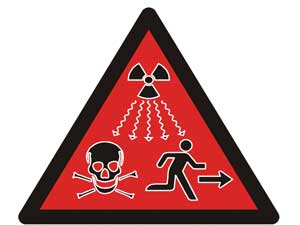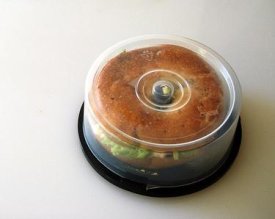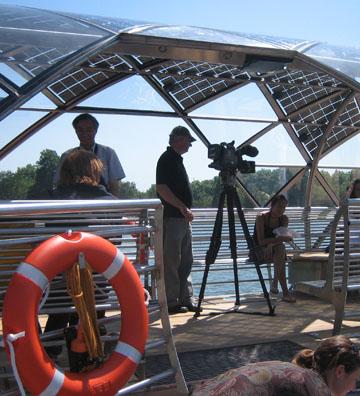For those not familiar with the New York City area, “Indian Point” is not
a rhetorical conclusion of Native Americans, but the name of a nuclear power plant.
Another week, another set of challenges for Indian Point – first, problems with a siren test Monday and then an unplanned reactor shutdown yesterday.
The nuclear plants ran into what Indian Point officials hope was a glitch when 123 of the new 150 emergency sirens failed to successfully complete an operational test.
The sirens are required to be ready to go by a week from Sunday, and county emergency officials said they hadn’t expected to see a step backward so close to the deadline.
“This test was clearly disappointing,” Anthony Sutton, Westchester County commissioner of emergency services, said of the Monday morning test. “We expected it to go in a positive direction, and it went in a negative direction.”
Then about 4:15 a.m. yesterday, Indian Point 3 workers shut down that nuclear reactor as it was going back to full power from a 24-day refueling outage.
There were low water levels in the plant’s steam generators, where steam is used to help produce electricity.
Nuclear Regulatory Commission and local emergency officials commended nuclear workers for their quick action, noting that unplanned shutdowns occur more frequently when plants go back online than during routine operation.
Jim Steets, a spokesman for Entergy Nuclear Northeast, which has owned and operated Indian Point since 2001, said the shutdown went smoothly and the appropriate notifications were made to the NRC and county officials, but that there were no safety concerns.
– snip –
“We don’t think this is a matter of the sirens not activating,” said Steets. “We think that it was largely about polling.”
The sirens must communicate with a central point to let county officials know they’ve sounded. Without that polling from the 150 locations, police and fire officials can’t be sure if the sirens alerted residents about an emergency at the nuclear plant.
“If it comes up red on the computer screen, that means it didn’t sound as far as we’re concerned,” said Sutton, the commissioner. “That was the biggest trouble we had with the old system. We don’t want to be in that same place with the new system.”
The nuclear plant operator seems to be arguing that – it’s not that the siren’s didn’t work – it’s that in polls, people didn’t admit to hearing them. It’s a polling problem. If that’s true -is the implication that there’s no accurate way to tell whether or not the sirens work?
From Lower Hudson Online. Â




